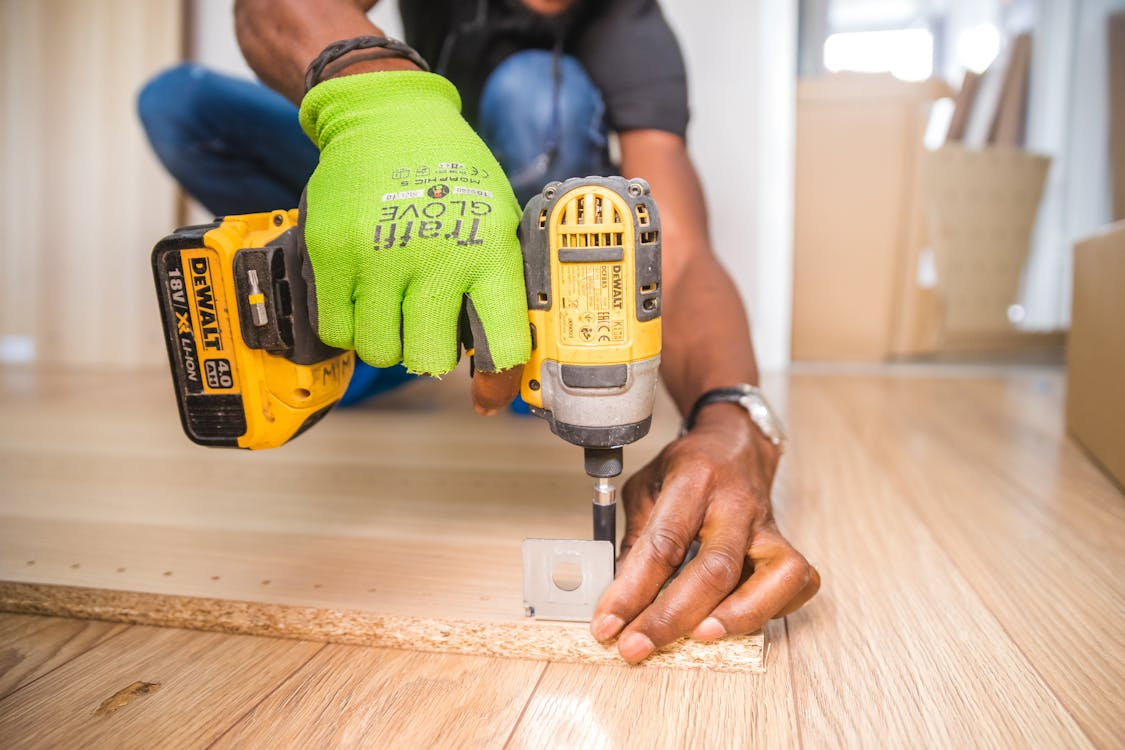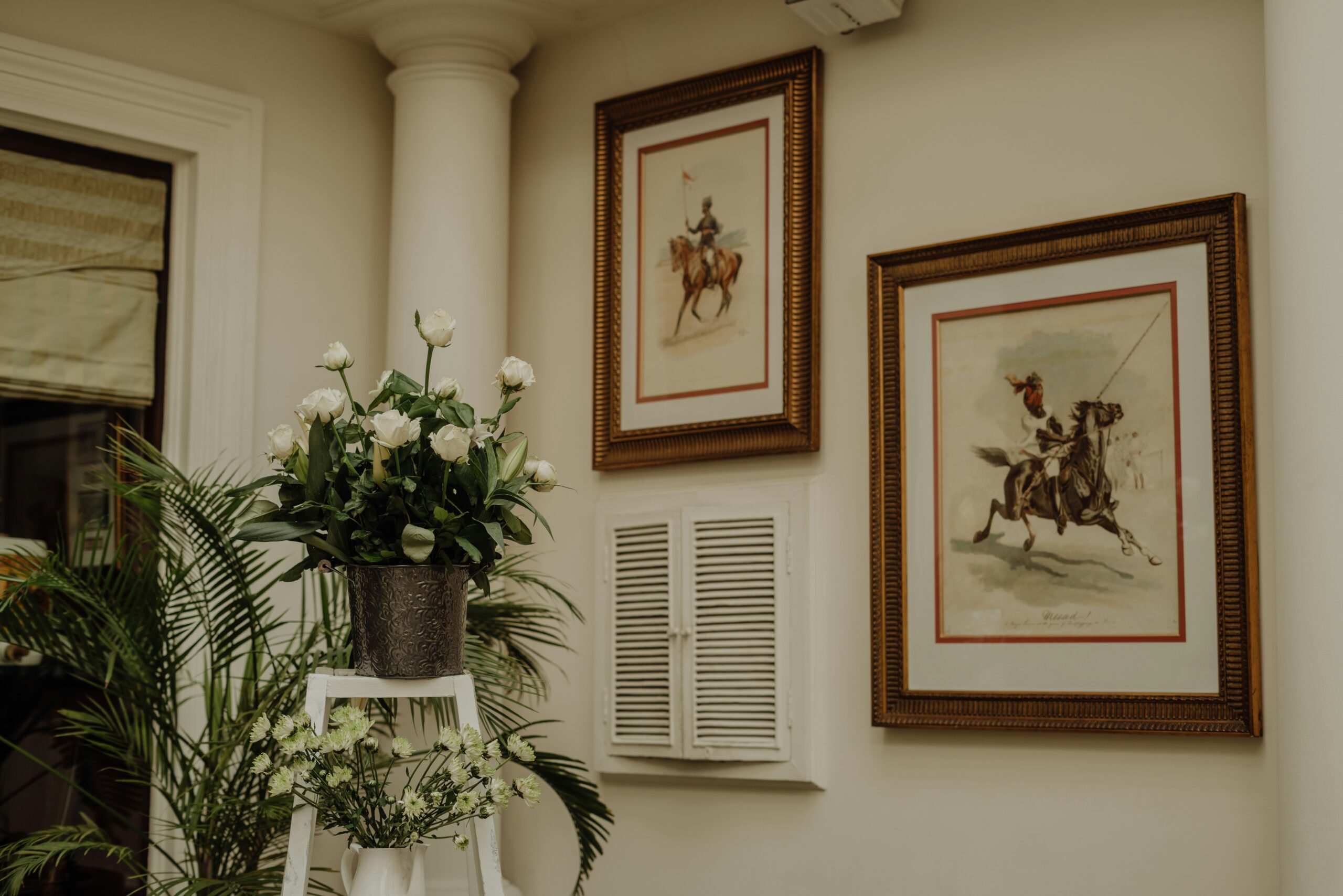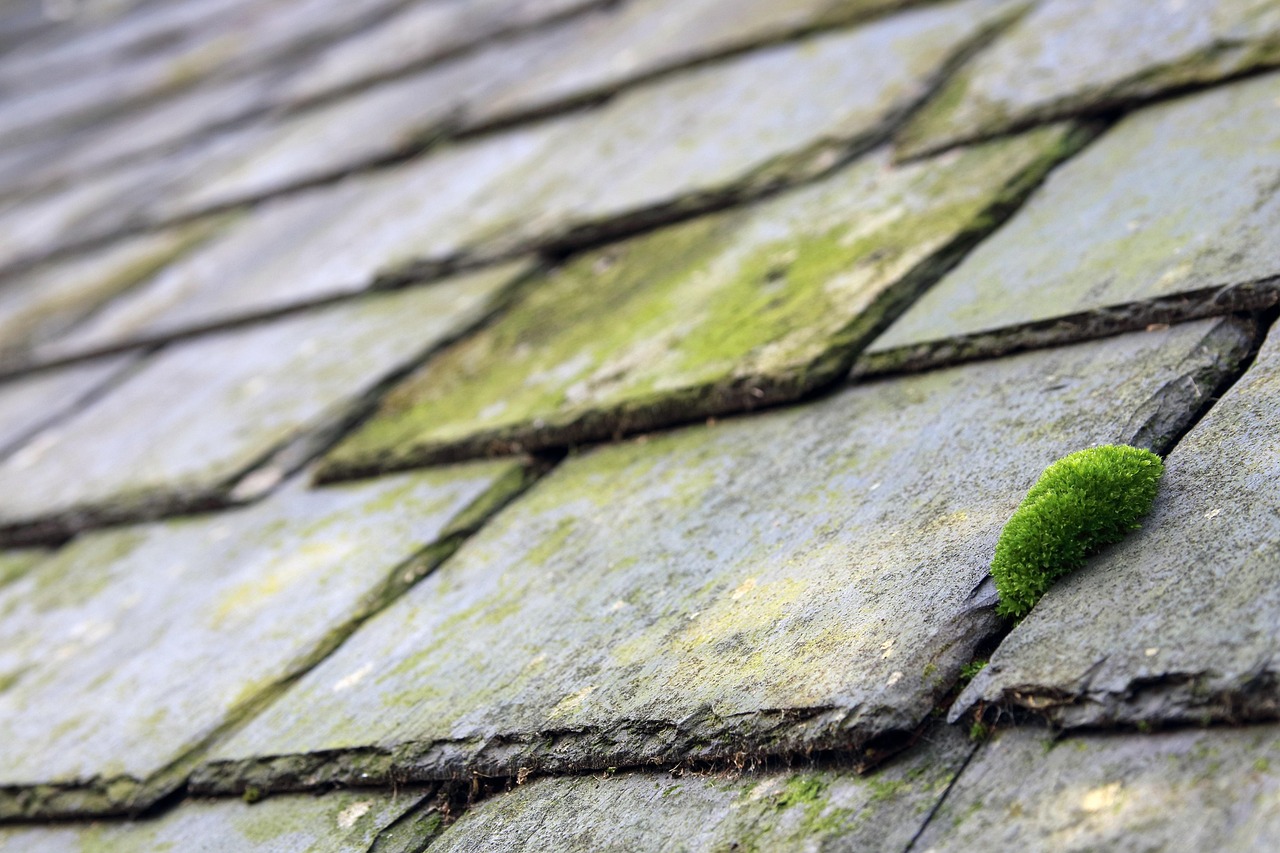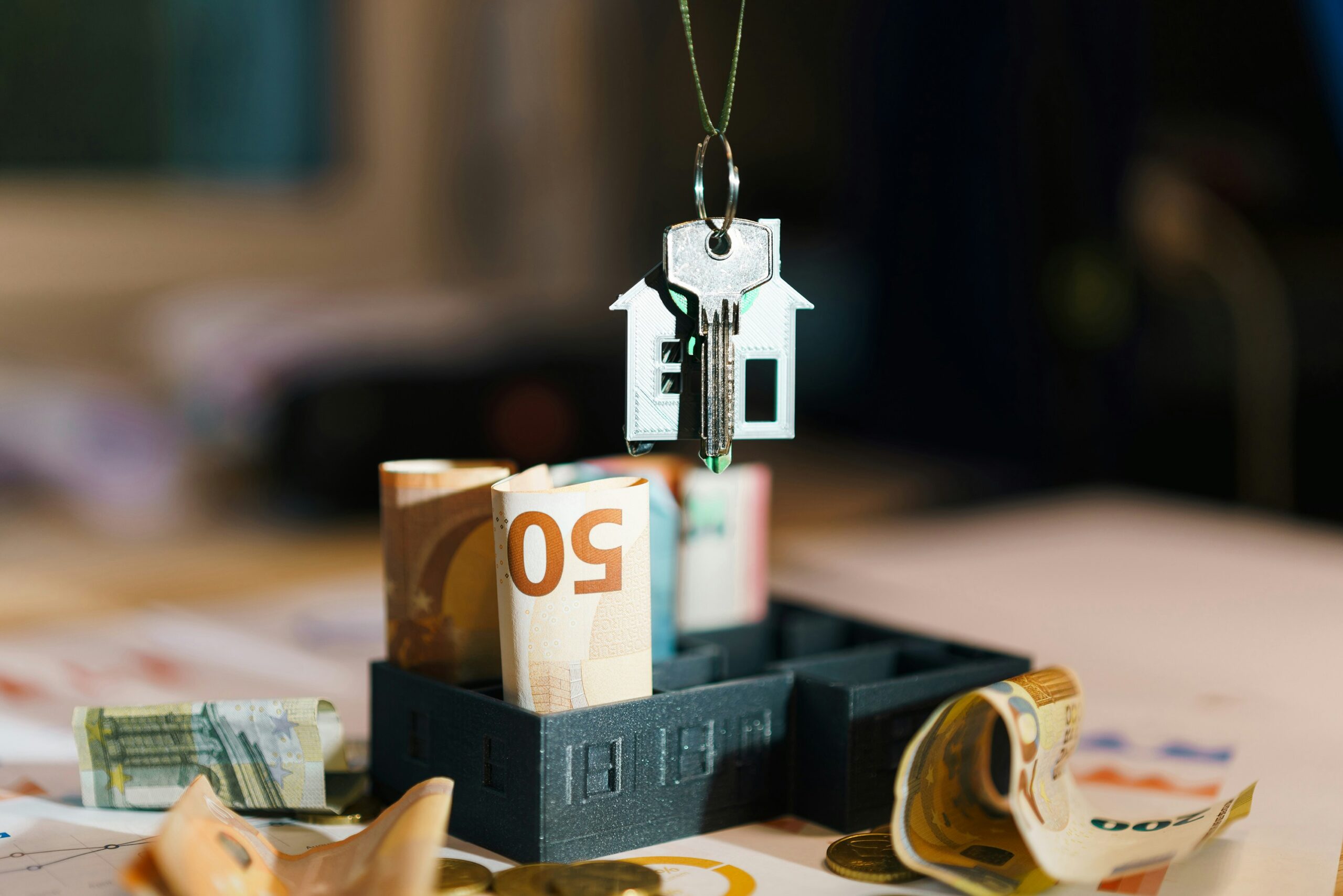Building is a vital part of life. It’s how we create homes, schools, hospitals, and everything in between. But let’s face it: construction isn’t always kind to the planet. It uses lots of resources, produces heaps of waste, and pollutes the environment.
Thankfully, things are changing. Sustainable construction is becoming the norm, where builders are finding smarter, eco-friendly ways to reduce their impact on the earth. Let’s explore how this shift is happening and why it’s so exciting.
1. Choosing Green Building Materials
First things first: materials matter. Traditional construction relies on materials like concrete and steel, which take a toll on the environment. Eco-friendly construction, however, uses green alternatives to lessen this impact.
- Bamboo and Timber: Did you know bamboo grows faster than most trees? It’s incredibly strong, flexible, and renewable. Similarly, responsibly sourced timber is an excellent alternative to steel and concrete. Using wood locks carbon into the structure, reducing greenhouse gas emissions.
- Recycled Materials: Builders are repurposing materials like recycled steel, bricks, and even glass. For example, old wood from demolished buildings can be used in flooring or furniture. This reduces waste and gives materials a second life.
- Insulating Materials: Natural materials like sheep wool, cork, and hemp are fantastic for insulation. They’re eco-friendly, durable, and help keep energy use low.
2. Designing Energy-Efficient Buildings
Wouldn’t it be great if buildings could stay warm in winter and cool in summer without guzzling electricity? Energy-efficient designs make that possible.
- Passive Design: This approach focuses on using nature to regulate indoor temperatures. For example, large south-facing windows bring in sunlight to warm up a house, while proper ventilation keeps it cool during hot days.
- Solar Power: Solar panels on rooftops are becoming common. They capture sunlight and turn it into energy, reducing the need for fossil fuels.
- Smart Systems: Imagine lights that switch off when no one’s in the room or thermostats that automatically adjust to save energy. Smart technology is making buildings smarter and greener.
3. Dust Suppression: Keeping the Air Clean
Construction sites are notorious for creating dust clouds. This isn’t just annoying – it’s harmful. Dust particles can pollute the air, harm wildlife, and even make people sick. That’s where dust suppression equipment comes in.
- Water Sprays: One of the simplest methods is spraying water over dusty areas. The water binds with dust particles, making them heavier so they settle on the ground.
- Fogging Systems: Fogging machines release a fine mist that captures airborne dust and pulls it down. This technique is particularly useful for large construction sites.
- Specialized Equipment: Dust suppression companies like DustQuip provide state-of-the-art equipment that effectively minimizes airborne pollutants. Systems like these not only protect workers but also reduce harm to nearby communities.
4. Modular and Prefabricated Construction
Have you heard of modular construction? It’s like building with giant Lego blocks! Parts of the building are made in a factory and then assembled on-site.
- Why It’s Sustainable: Since everything is built in a controlled environment, there’s less material waste. Plus, transporting smaller parts to the site reduces emissions.
- Faster Builds: Modular construction is quicker, meaning fewer disruptions to local communities and ecosystems.
- Higher Quality: Factory-built components are precise and durable, leading to long-lasting buildings.
5. Renewable Energy on Construction Sites
It’s not just the buildings that can use renewable energy – construction sites can too.
- Solar-Powered Equipment: Some machines now run on solar power, reducing reliance on diesel and gasoline.
- Energy-Efficient Lighting: LED lights consume less energy and last longer than traditional bulbs, making them perfect for construction sites.
- Portable Wind Turbines: These small turbines can generate power on-site, especially in windy areas.
Switching to renewable energy on-site significantly cuts emissions and shows that sustainability starts even before the building is complete.
6. Water Conservation
Construction often uses vast amounts of water, but there are ways to reduce this.
- Rainwater Harvesting: Collecting rainwater for tasks like mixing concrete or cleaning tools is a smart way to conserve water.
- Low-Water Equipment: Advanced machinery uses less water without compromising performance.
- Greywater Recycling: Water used in one area, like washing tools, can be filtered and reused elsewhere.
Saving water on construction sites benefits the environment and lowers costs – a win-win!
7. Reducing Waste with Circular Construction
Waste is a big problem in construction, with tons of leftover materials ending up in landfills. Circular construction is changing the game by rethinking how we use and reuse resources.
- Deconstruction, Not Demolition: Instead of tearing buildings down and throwing everything away, deconstruction carefully takes apart structures to salvage reusable materials like wood, bricks, and metal. These materials can be given a second life in new projects, reducing waste and saving resources.
- Recycling Programs: Many construction companies are stepping up with recycling initiatives. They sort waste into categories like metal, wood, and concrete to ensure it gets recycled. This process keeps valuable materials out of landfills and turns them into resources for future projects.
- Using Crushed Materials: Leftover concrete doesn’t have to go to waste! It can be crushed and reused in new projects, such as creating road bases or new concrete mixes. This reduces the demand for fresh materials, saves costs, and helps the environment.
8. Building for Longevity
Sustainability isn’t just about what we build – it’s about creating structures that can stand the test of time. Buildings designed to last decades (or even centuries!) not only save resources but also reduce the need for constant rebuilding. This approach benefits both the planet and future generations, making it a win-win for all.
- Durable Materials: High-quality, weather-resistant materials are the key to longevity. Think of materials like stone, steel, or sustainable hardwood that can endure harsh weather conditions and wear and tear. These materials ensure that buildings remain sturdy, safe, and functional for years to come.
- Adaptable Designs: Flexibility is just as important as durability. Buildings with adaptable layouts can be transformed to suit new purposes without needing to be torn down. For example, an old factory can be redesigned into trendy apartments or office spaces. This reduces waste, saves money, and preserves architectural history.
By focusing on durable materials and adaptable designs, we can create buildings that grow with us, serve multiple purposes, and remain beautiful for generations. It’s not just construction—it’s an investment in a sustainable future!
9. Green Roofing and Living Walls
Imagine if your building could double as a lush, vibrant garden. With green roofs and living walls, this vision is no longer just a dream—it’s an exciting reality transforming modern spaces.
- Green Roofs: Picture a rooftop bursting with life—covered in a thriving carpet of greenery. These plant-filled roofs act like natural insulators, keeping buildings warmer in winter and cooler in summer. They also work wonders by cutting energy use and managing rainwater, reducing urban flooding risks.
- Living Walls: Now, imagine the exterior of a building adorned with a vertical garden. Living walls, often called green walls, are stunning to look at and offer incredible benefits. They purify the air, bring down urban temperatures, and inject a soothing splash of nature into cityscapes.
But these aren’t just eco-friendly upgrades; they’re visual showstoppers. Green roofs and living walls can transform dull, grey spaces into breathtaking oases of life and colour. They blend sustainability with style, proving that being kind to the planet can also make a bold statement.
From reducing your carbon footprint to creating a space that inspires, these innovations are more than just trends—they’re the future of beautiful, sustainable design. Why settle for ordinary when you can go green?
10. Sustainable Urban Planning
Going green isn’t just about a single building – it’s about transforming entire neighborhoods into eco-friendly spaces. Imagine living in a city that not only feels alive but also helps the planet thrive!
- Walkable Cities: Say goodbye to traffic jams and hello to cleaner air! Cities designed with public transport, bike lanes, and safe paths for walking mean fewer cars on the road and less pollution. Plus, walking or biking around makes exploring your city way more fun.
- Mixed-Use Buildings: Why travel miles when you can have it all in one spot? Picture a building with cozy homes, trendy shops, cool cafes, and even a gym – all under one roof. These multitasking buildings save space and reduce urban sprawl, leaving more room for nature.
- Community Green Spaces: Parks, gardens, and even mini urban forests are like breathing fresh life into a city. They’re perfect for picnics, morning jogs, or simply relaxing with a book. Green spaces not only look great but also make cities healthier and happier for everyone.
Final Thoughts
Sustainable construction isn’t just a trend – it’s the future. Governments, companies, and individuals are recognizing the need to build in harmony with nature. New technologies and creative ideas are making it easier than ever to reduce our impact on the planet.
Whether it’s through dust suppression systems, modular designs, or energy-efficient buildings, every step toward sustainability is a step toward a greener, healthier world.
So, the next time you see a construction site, imagine the possibilities. With the right practices in place, even the busiest building site can leave a light footprint on our planet.













